Essential Safety Tips & Boosting Employee Morale this Winter
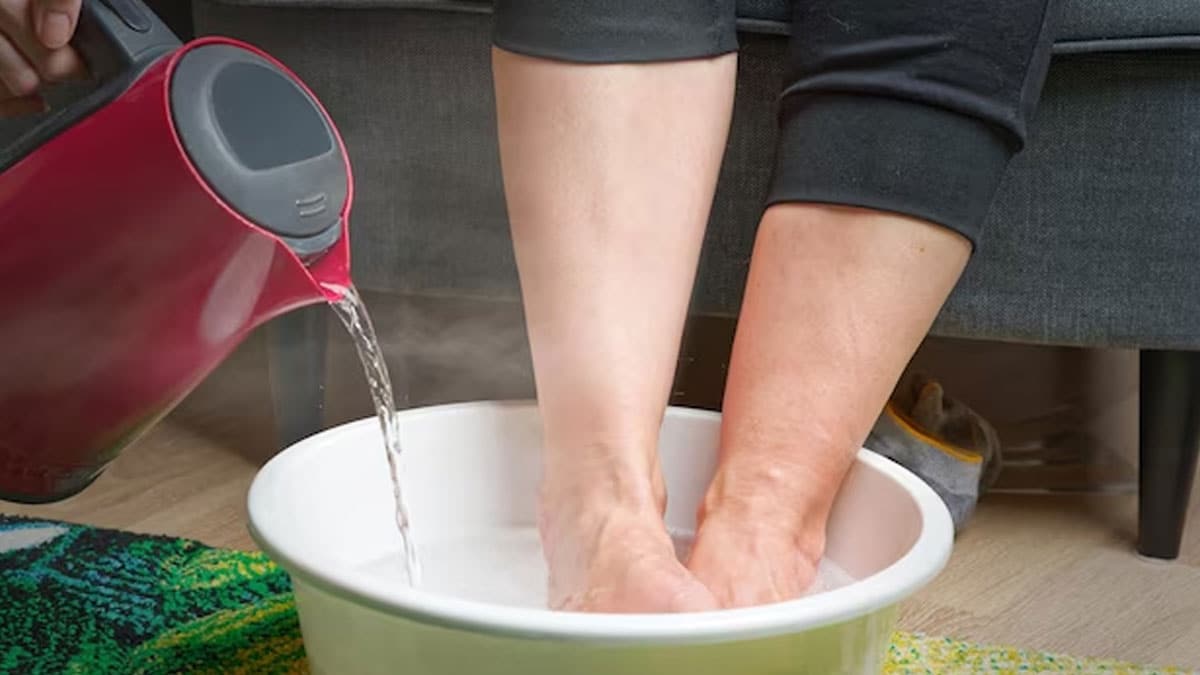
The temperature continually drops as the dead of winter approaches. During the peak of the cold season, prioritizing the safety and well-being of campground and RV park employees is of the essence. Cold weather brings unique challenges and hazards that require careful consideration and proactive measures to ensure a safe and healthy work environment.
Identify Potential Dangers and Work Hazards
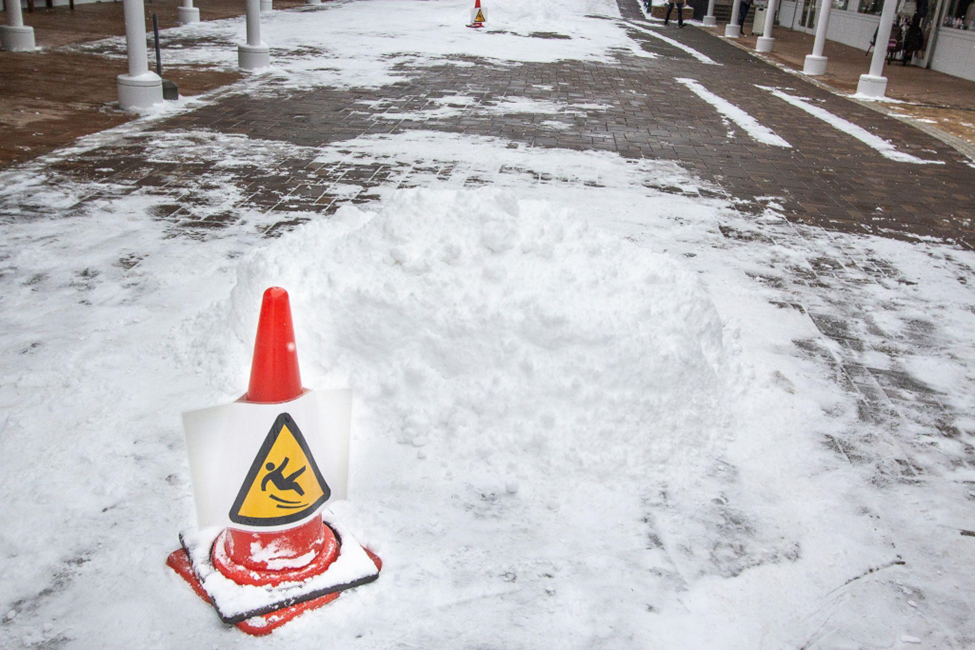
Identifying potential dangers and work hazards is crucial for ensuring employee safety and preventing workplace accidents. A thorough hazard assessment helps employers proactively address risks and implement appropriate safety measures. Key hazards include:
- Cold Stress: Exposure to cold temperatures can lead to various cold-related illnesses, including:
- Frostbite: Damage to skin and underlying tissues caused by freezing.
- Hypothermia: A medical emergency where the body loses heat faster than it can produce it, leading to dangerously low body temperature.
- Trench Foot: A condition caused by prolonged exposure to cold, wet conditions, resulting in numbness and tissue damage.
- Chilblains: Repeated exposure of skin to temperatures just above freezing to 60°F damages groups of small blood vessels in the skin.
- Slip and Falls: Ice and snow can create slippery surfaces, increasing the risk of falls and potential injuries.
- Increased Risk of Accidents: Cold weather can impair judgment and reaction time, increasing the risk of accidents involving vehicles, equipment, and machinery.
- Reduced Visibility: Snow and fog can significantly reduce visibility, creating hazards for employees working outdoors or driving.
- Increased Energy Demands: Maintaining body heat in cold weather requires more energy, potentially leading to fatigue and decreased productivity.
Cold-Weather Safety Practices for Outdoor Work
To protect employees from cold-related hazards, campgrounds and RV parks must implement specific cold-weather safety practices for outdoor work. These include:
Proper Clothing and Gear
The Occupational Safety and Health Administration (OSHA) recommends dressing in layers and ensuring employees have access to warm, dry clothing (OSHA, n.d.). To mitigate these hazards, implement the following cold-weather safety practices:
Encourage employees to wear:
- Insulated and waterproof outer layers to protect against wind and moisture.
- Hats, gloves, and thermal socks to retain heat in extremities.
- Non-slip footwear for traction on icy surfaces.
- Layered clothing to allow easy temperature regulation.

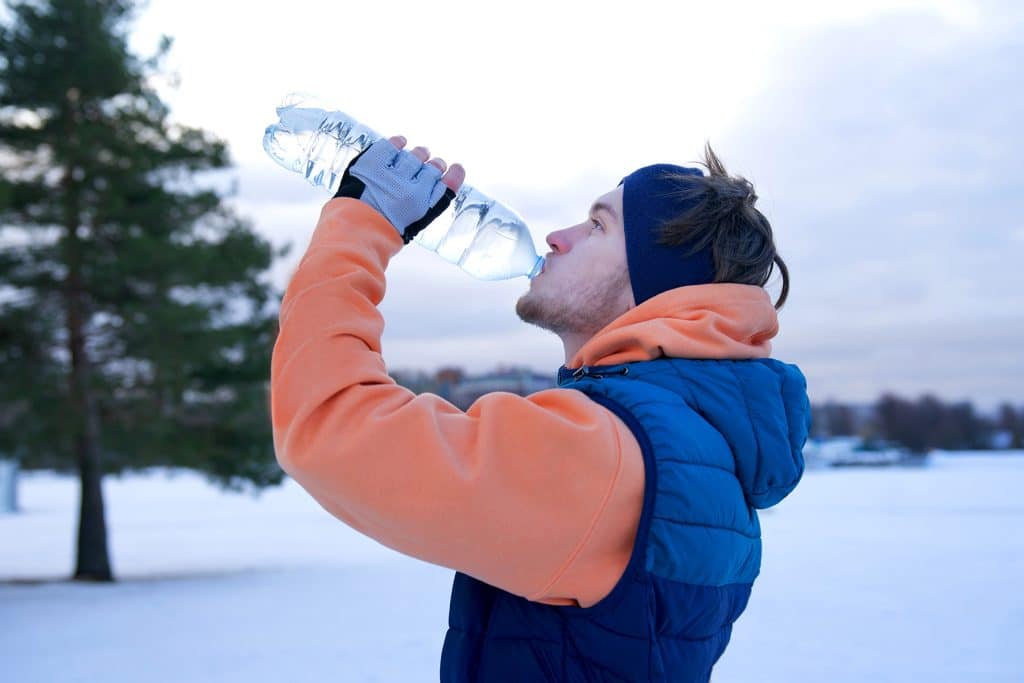
Hydration and Warm-Up Breaks
Cold weather increases dehydration risk, so ensure employees have access to warm beverages and remind them to drink water regularly. Schedule frequent warm-up breaks in heated areas to help employees recover from the cold.
Recognizing Cold-Related Illnesses and Applying First Aid
Educate staff to recognize early signs of frostbite and hypothermia and train them to seek immediate medical attention if these symptoms arise. The Centers for Disease Control and Prevention (CDC) outlines effective first-aid treatments for these conditions (CDC, 2024). Signs and symptoms to look out for include:
Frostbite
Frostbite is an injury to the body that is caused by freezing. Frostbite causes a loss of feeling and color in the affected areas. It most often affects the nose, ears, cheeks, chin, fingers, or toes. Frostbite can permanently damage body tissues, and severe cases can lead to amputation. Symptoms include reduced blood flow to hands and feet (fingers or toes can freeze), numbness, tingling or stinging, aching, and bluish or pail, waxy skin.
First aid includes moving the frost bite victim into a warm room as quickly as possible. Make sure to avoid walking on frost bitten toes. Next, immerse the affected area in warm water and warm the area with body heat. Do not rub or massage the frostbitten area, and do not use a heating pad, heat lamp, stove, fireplace, or radiator. Affected areas are numb and can be easily burned.
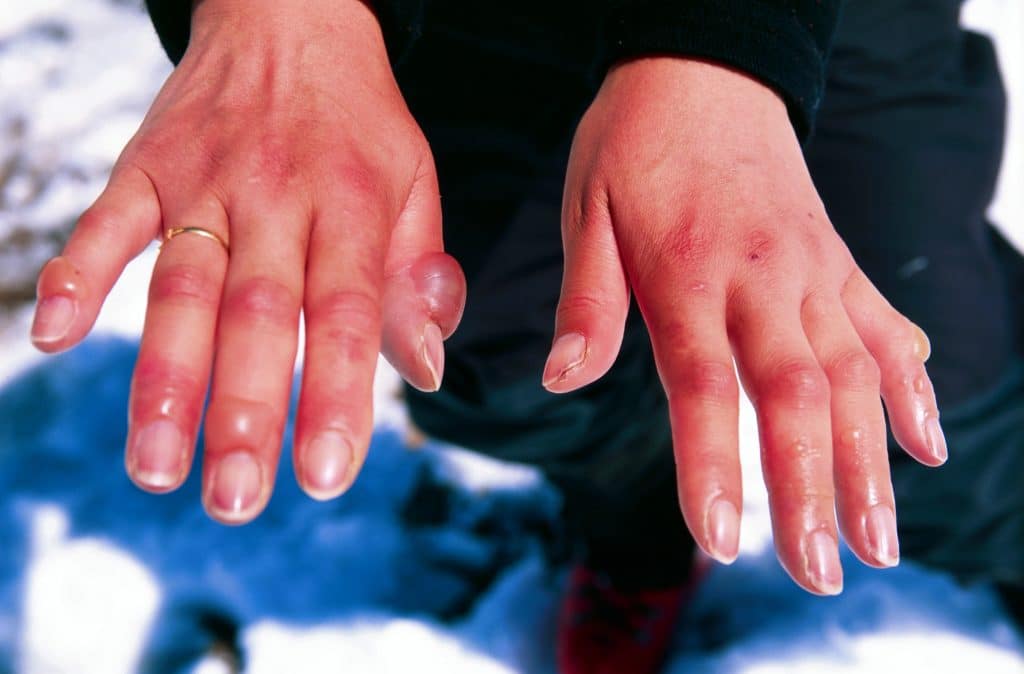
Hypothermia
Being exposed to cold temperatures causes the body to begin to lose heat faster than it is produced. Prolonged exposure may lead to hypothermia. Early symptoms include shivering, fatigue, loss of coordination, confusion and disorientation. Late symptoms include no shivering, blue skin, dilated pupils, slowed pulse and breathing, and loss of consciousness.
First aid includes alerting the supervisor and requesting medical assistance. Move the victim into a warm room or shelter and remove their wet clothing. Warm them with an electric blanket or skin-to-skin contact. Provide warm beverages. Only give beverages to a conscious person. Do not give the victim alcoholic beverages. After they have warmed up, keep the victim dry under a blanket. If the victim has no pulse, begin cardiopulmonary resuscitation (CPR).
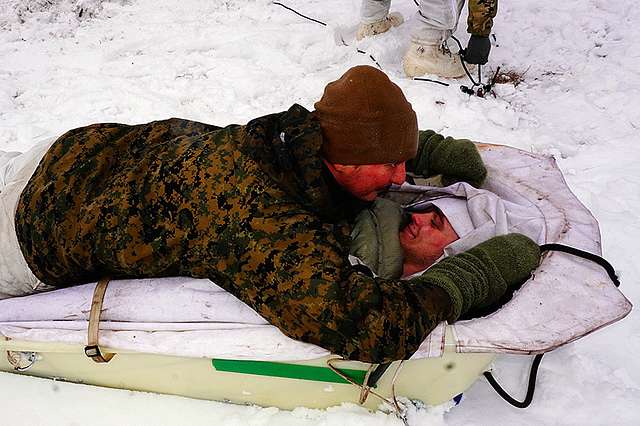
Trench Foot
Trench foot, or immersion foot, is an injury of the feet resulting from prolonged exposure to wet and cold conditions and can occur at temperatures as high as 60°F if the feet are constantly wet. Symptoms include reddening of the skin, numbness or tingling pain, leg cramps, swelling, blisters or ulcers, bleeding under the skin, and gangrene.
First aid includes removing shoes/boots and wet socks, drying the feet, and not using the affected feet for walking as this may cause tissue damage.
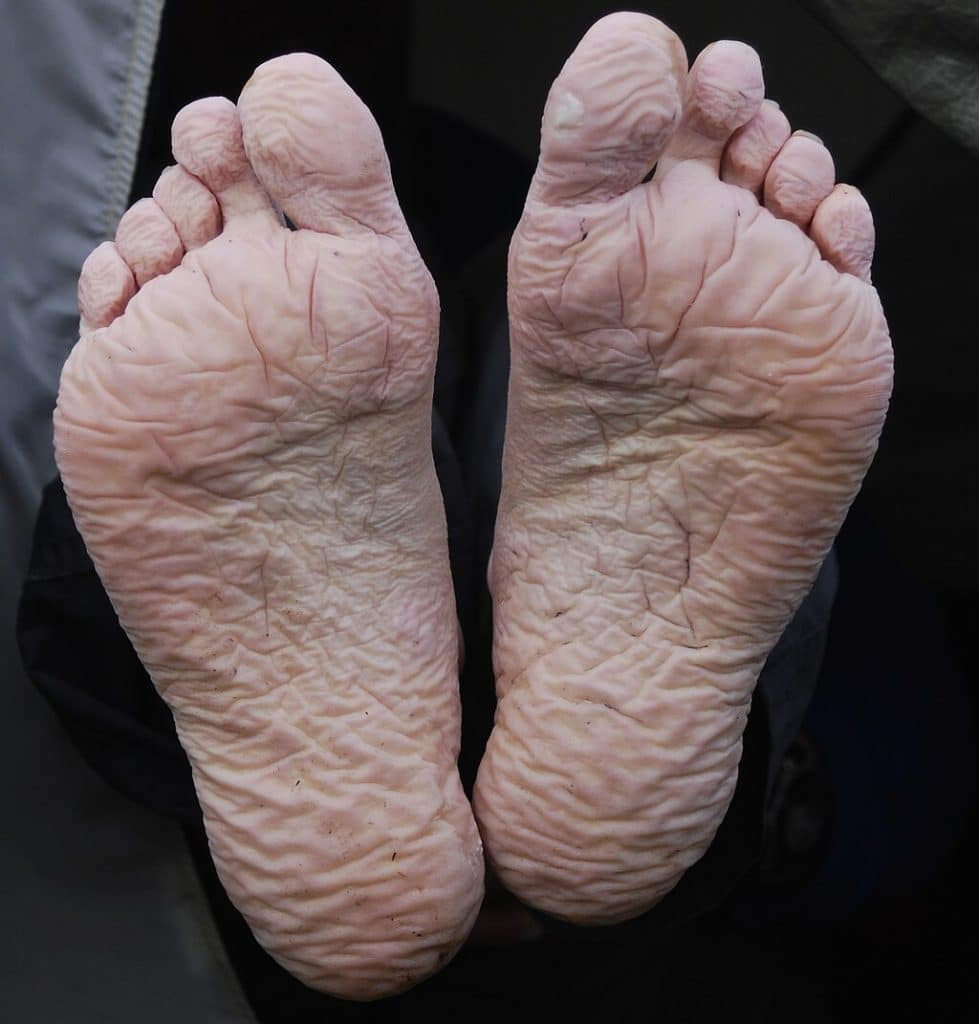
Chilblains
Chilblains, caused by the repeated exposure of skin to temperatures just above freezing to 60°F, is a permanent damage to the groups of small blood vessels in the skin. There is redness and itching typically on cheeks, ears, fingers, and toes, and recurs with each exposure. Symptoms are redness, itching, possible blistering, inflammation, and even blisters and ulcers in severe cases.
Employees who have chilblains should avoid scratching the affected area, slowly warm the skin, use corticosteroid creams to relieve itching and swelling, and keep blisters and ulcers clean and covered.

Boosting Employee Morale During Winter
Even though winter can be a slow and challenging season for campground and RV park operations, keeping morale high is crucial to maintaining a motivated workforce. Here are a few tips:
Recognize Employee Contributions
Acknowledge the hard work your employees do during the slower months. You can consider providing end-of-year bonuses or gift cards, team meals or small celebrations to show appreciation, and thank-you notes highlighting specific contributions.
Flexible Scheduling During Holidays
Balancing holiday schedules with business needs can be tricky. To manage this effectively, Plan schedules early and involve employees in decision-making. Offer shift swaps or flexible hours to accommodate family commitments. You can also provide incentives for employees willing to work on holidays.
Staffing Strategies for the Winter Season
Effective staffing strategies are essential to ensure adequate coverage during peak periods while respecting employee preferences and maintaining a positive work environment. Instead of the normal scheduling, create rotating schedules to ensure fairness and adequate coverage.
Use a clear communication platform like your website or SMS for updates and last-minute changes. Offer seasonal or temporary positions to cover gaps without overburdening full-time staff.
Conclusion
Ensuring employees’ safety during the harsh, cold season should be a top priority for campground and RV park owners. By addressing hazards, providing proper gear, and offering warm-up breaks, you can help protect your employees from cold-related illnesses. Additionally, recognizing their contributions and providing flexible schedules can boost morale during the slower months.
As the CDC notes, preparation and education are key components of winter safety programs. With these strategies, you can ensure your team stays safe, motivated, and ready to tackle the busy seasons ahead.
References:
Occupational Safety and Health Administration (OSHA). (n.d.). “Cold Stress Guide.” https://www.osha.gov/emergency-preparedness/guides/cold-stress
Centers for Disease Control and Prevention (CDC). (2024). ” Cold-related Illnesses in Workers.” https://www.cdc.gov/niosh/cold-stress/about/related-illness.html
Workers in PPE- Image Source: Shutterstock
Winter Hydration- Image Source: Shutterstock
Slip and Fall Sign- Image Source: Prudential Overall Supply

